The concept of "food as medicine" has been deeply rooted in traditional healing systems for centuries, particularly in ancient Chinese medicine. The idea that certain edible ingredients possess therapeutic properties has gained renewed scientific interest in recent years. Researchers are now actively investigating the bioactive compounds present in these functional foods, aiming to bridge the gap between culinary tradition and modern pharmacology.
Traditional Chinese Medicine (TCM) has long recognized the dual role of many natural substances as both nourishment and treatment. Ingredients like ginger, goji berries, and licorice root have been used for generations to address various health concerns while simultaneously serving as dietary components. Modern science is beginning to validate these traditional uses through rigorous chemical analysis and pharmacological testing, revealing complex mixtures of active compounds that may explain their historical efficacy.
Advances in analytical technologies have revolutionized our ability to identify and characterize bioactive molecules in food-grade materials. High-performance liquid chromatography (HPLC), mass spectrometry, and nuclear magnetic resonance spectroscopy now allow researchers to detect compounds present in minute quantities. These tools have enabled the discovery of previously unknown phytochemicals in common kitchen ingredients, some of which show remarkable biological activity in laboratory studies.
The process of bioactive compound identification typically begins with extraction using various solvents to separate different chemical fractions. Researchers then subject these fractions to biological assays to determine which show promising activity against specific disease targets. Active fractions undergo further purification and structural elucidation until individual compounds can be isolated and characterized. This painstaking process often reveals that traditional remedies contain multiple active components working in concert.
Polyphenols represent one of the most studied classes of food-derived bioactive compounds. These secondary plant metabolites, including flavonoids, phenolic acids, and stilbenes, demonstrate antioxidant, anti-inflammatory, and potentially anticancer properties. Green tea catechins, curcumin from turmeric, and resveratrol from grapes have all undergone extensive investigation for their therapeutic potential. Interestingly, many of these compounds show poor bioavailability when consumed as isolated substances, suggesting that traditional preparation methods may enhance their biological effects.
Terpenoids constitute another important group of food-based bioactive molecules. These volatile compounds contribute to the characteristic aromas of many herbs and spices while also exhibiting pharmacological activity. The gingerols in ginger, carnosic acid in rosemary, and limonene in citrus peels all belong to this chemical class. Research suggests these compounds may modulate various cellular signaling pathways, potentially explaining their traditional use in digestive and inflammatory conditions.
The identification of bioactive compounds faces several significant challenges. Many plant-derived molecules exist as complex mixtures of structurally similar analogs that are difficult to separate. Some compounds may be present in their inactive precursor forms, requiring enzymatic conversion during digestion or food preparation to become biologically active. Additionally, the synergistic effects between multiple components in whole foods often exceed the sum of their individual activities, making reductionist approaches potentially misleading.
Standardization issues present another hurdle in the study of food-based bioactive compounds. Natural variations in growing conditions, harvest times, and processing methods can significantly alter the chemical composition of plant materials. This variability complicates both research efforts and potential therapeutic applications. Some scientists advocate for the development of standardized extracts with consistent bioactive profiles, while others argue this approach loses important aspects of traditional whole-food medicine.
Clinical translation of food-derived bioactive compounds requires careful consideration of dosage and safety. While generally recognized as safe when consumed as part of a normal diet, concentrated forms of these compounds may produce unexpected effects. The gap between dietary exposure levels and potentially therapeutic doses often proves substantial. Furthermore, interactions with pharmaceutical medications must be thoroughly investigated, as many food compounds can influence drug metabolism enzymes.
Regulatory frameworks struggle to keep pace with scientific discoveries in this field. The classification of substances as either food or medicine becomes increasingly blurred as research reveals the pharmacological potential of dietary components. This creates challenges for product labeling, health claims, and quality control standards. Different countries have adopted varying approaches to regulating these borderline substances, with some maintaining strict divisions between food and drug categories while others develop intermediate classifications.
The future of food-based bioactive compound research likely lies in integrative approaches that combine traditional knowledge with modern science. Ethnopharmacological studies can guide researchers toward promising candidate materials, while advanced analytical techniques enable precise compound identification. Systems biology approaches may help unravel the complex interactions between multiple food components and human physiology. Such interdisciplinary efforts could yield novel therapeutic agents while validating and optimizing traditional food-based remedies.
Consumer interest in functional foods and nutraceuticals continues to grow, driven by increasing awareness of diet-health relationships. This trend creates both opportunities and challenges for the scientific community. While demand may accelerate research funding, it also risks outpacing the careful science needed to establish safety and efficacy. Responsible communication of research findings becomes crucial in this context, ensuring public expectations align with scientific evidence.
As research progresses, we may see more food-derived compounds transition into clinical applications, either as standalone therapies or as adjuvants to conventional treatments. The unique advantage of these substances lies in their long history of human consumption, potentially offering safer alternatives to synthetic drugs for certain conditions. However, rigorous scientific validation remains essential to separate truly bioactive compounds from placebo effects and cultural beliefs.
The exploration of food-based bioactive compounds represents an exciting frontier in nutrition science and preventive medicine. By systematically investigating the chemical basis of traditional food remedies, researchers can develop evidence-based approaches to health maintenance and disease prevention. This work not only has the potential to yield novel therapeutic agents but may also help preserve and validate valuable aspects of traditional food cultures in an increasingly globalized world.

By /Jul 14, 2025

By /Jul 14, 2025

By /Jul 14, 2025
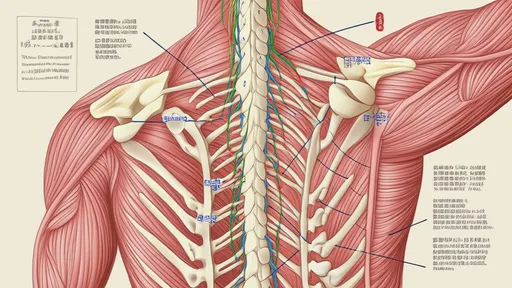
By /Jul 14, 2025
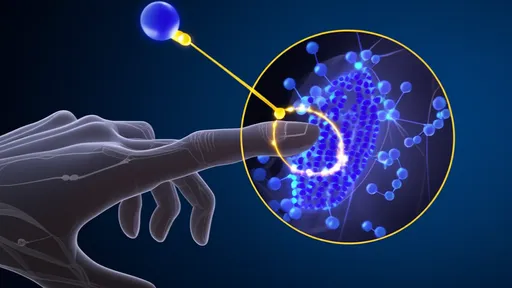
By /Jul 14, 2025
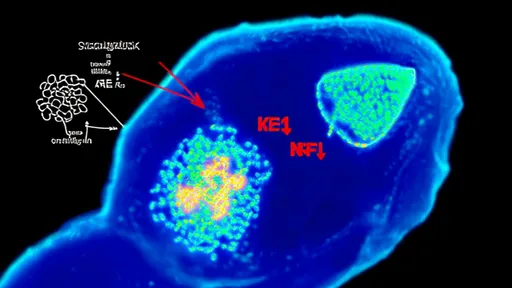
By /Jul 14, 2025
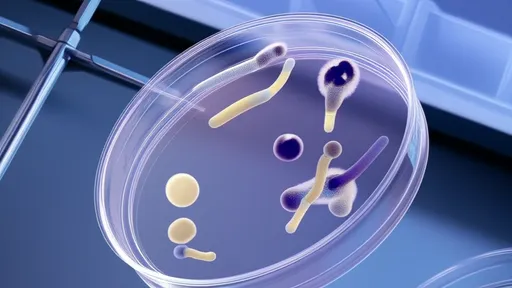
By /Jul 14, 2025
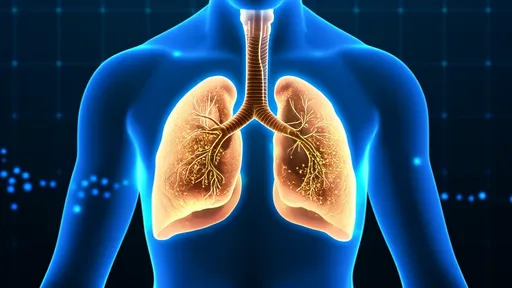
By /Jul 14, 2025
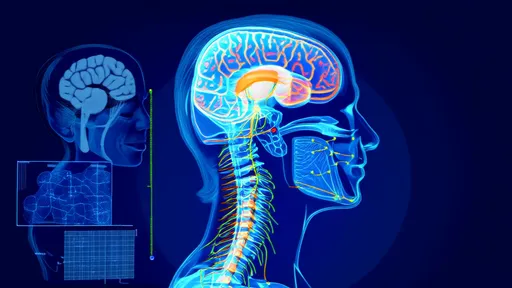
By /Jul 14, 2025
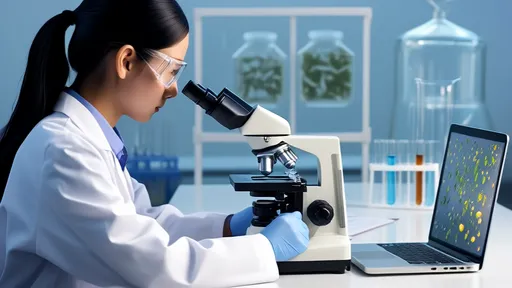
By /Jul 14, 2025

By /Jul 14, 2025
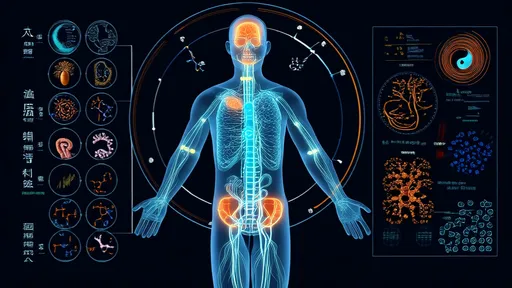
By /Jul 14, 2025

By /Jul 14, 2025

By /Jul 14, 2025
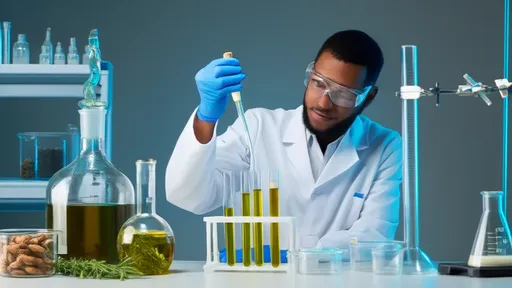
By /Jul 14, 2025

By /Jul 14, 2025

By /Jul 14, 2025
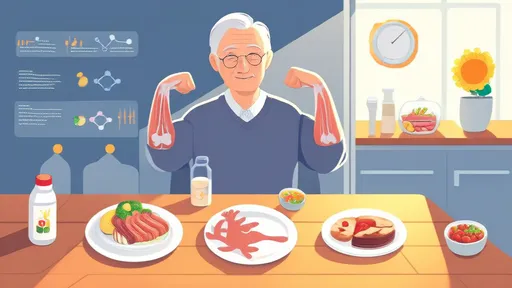
By /Jul 14, 2025